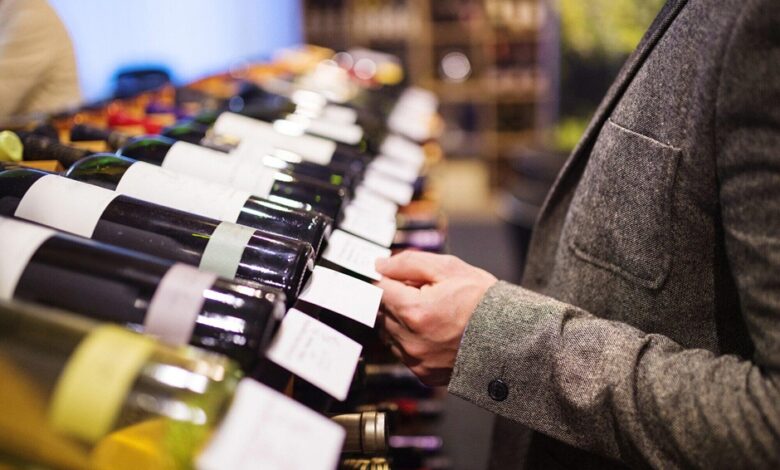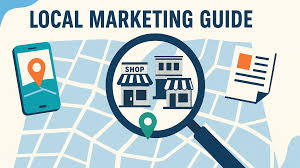The Art of Wine Label Design: Crafting a Story on Every Bottle

Did you know that the global wine market is projected to grow to $456.76 billion in 2028? This shows the rising demand and fierce competition in the wine industry.
In a market full of choices, a wine label can help someone decide which bottle to buy. The design goes beyond aesthetics. It plays a big role in branding and telling a story.
This blog explores the art of wine label design. Read on to discover how each bottle tells a unique story.
The Importance of Wine Label Design
The first thing people notice about a wine is its label. A bold or beautiful design can make someone choose that bottle. It helps a wine stand out on the shelf.
Wine makers should spend time and money on a good label. It provides consumers with a sense of what the wine is like. The label connects the vineyard to the buyer.
Key Elements of a Compelling Wine Label
Several factors converge to create an impactful wine label. Here are the main components to consider:
Color Palette
Colors evoke emotions and set expectations. For instance, greens and golds can suggest freshness, while deep reds may indicate richness.
Typography
The choice of fonts can convey a brand’s personality. Elegant scripts suggest luxury, while bold sans-serifs may indicate modernity and approachability.
Imagery
Pictures help tell a story. They might show a vineyard, how the wine is made, or use abstract art. Good imagery can make people feel connected to the wine.
Information
A wine label should share key facts. This includes the wine type, vineyard name, and tasting notes. The design must stay simple and not feel too crowded.
Creating a Story Through Design
Every wine label tells a story that reflects the wine’s heritage and unique craft. The design helps the bottle stand out and gives it a personal touch. It invites people to discover more about the wine.
Some labels feature landscapes like hills, valleys, or the sea to show where the wine comes from. These images, along with thoughtful colors, help create a strong connection with the buyer. Together, they make the label more memorable.
Symbols also add meaning to the design. Grapes can show the wine is pure and estate-grown, while patterns may hint at family history or old traditions. These details often spark conversation among friends and family.
The Role of Branding in Wine Label Design
The connection consumers feel with a wine label often translates into brand loyalty. Branding psychology suggests that when consumers trust a label, they are more likely to repurchase it. A standout wine label links to the brand’s overall story the ethos and values of the vineyard and its producers.
Brand identity isn’t built overnight. It requires consistency in messaging, tone, and visual presentation across various platforms. The design of custom wine bottle labels helps to create that uniformity.
Crafting the Future of Wine Label Design
The art of wine label design is detailed and personal. It turns the vineyard’s story into a visual message. As the wine industry grows, label design trends will also change.
Wine makers who focus on good design will draw more attention on the shelf. They will also build strong connections with their customers. A label is not just paper, it invites people into the world of your wine.
If you’d like to learn more, check out the rest of our website!



